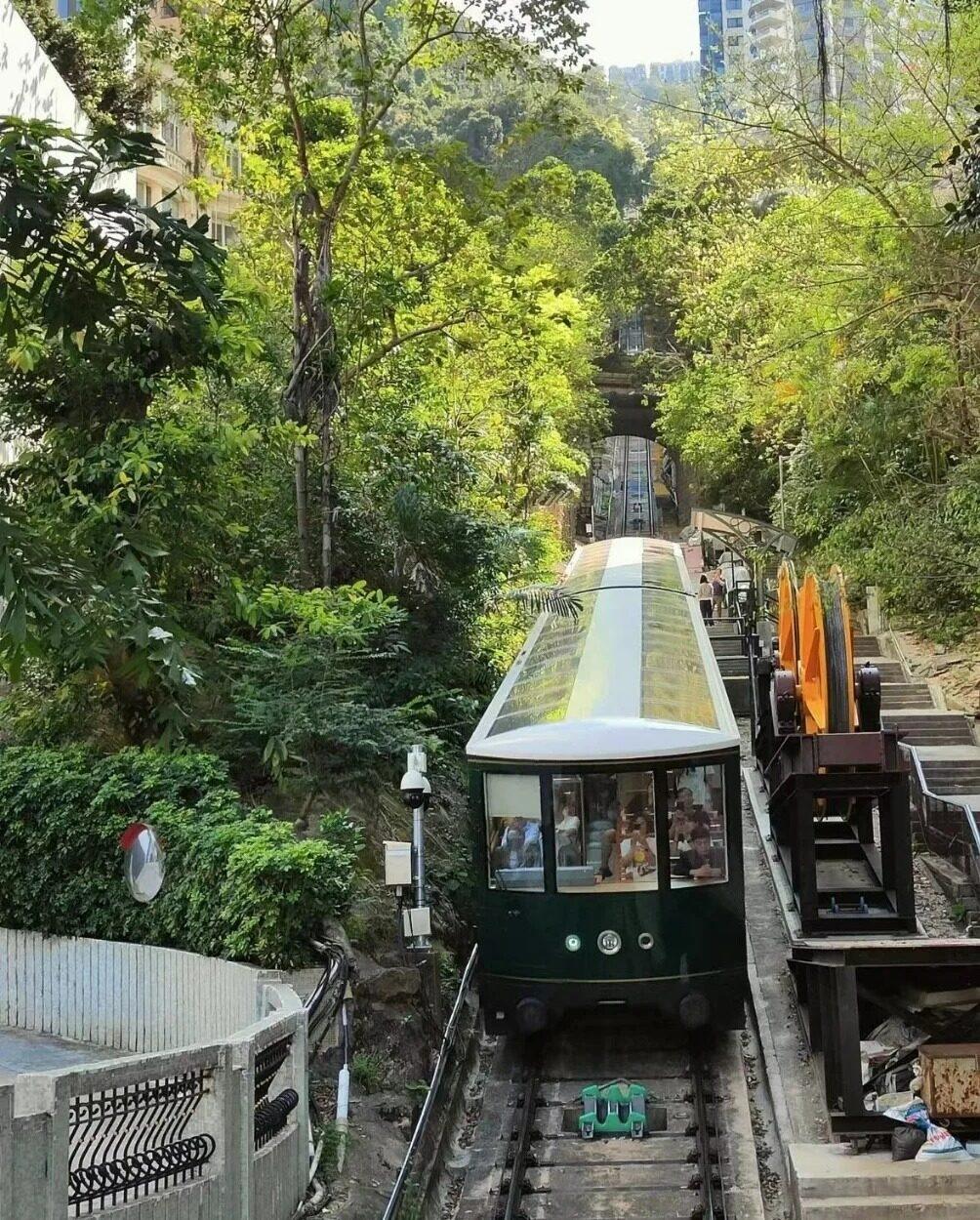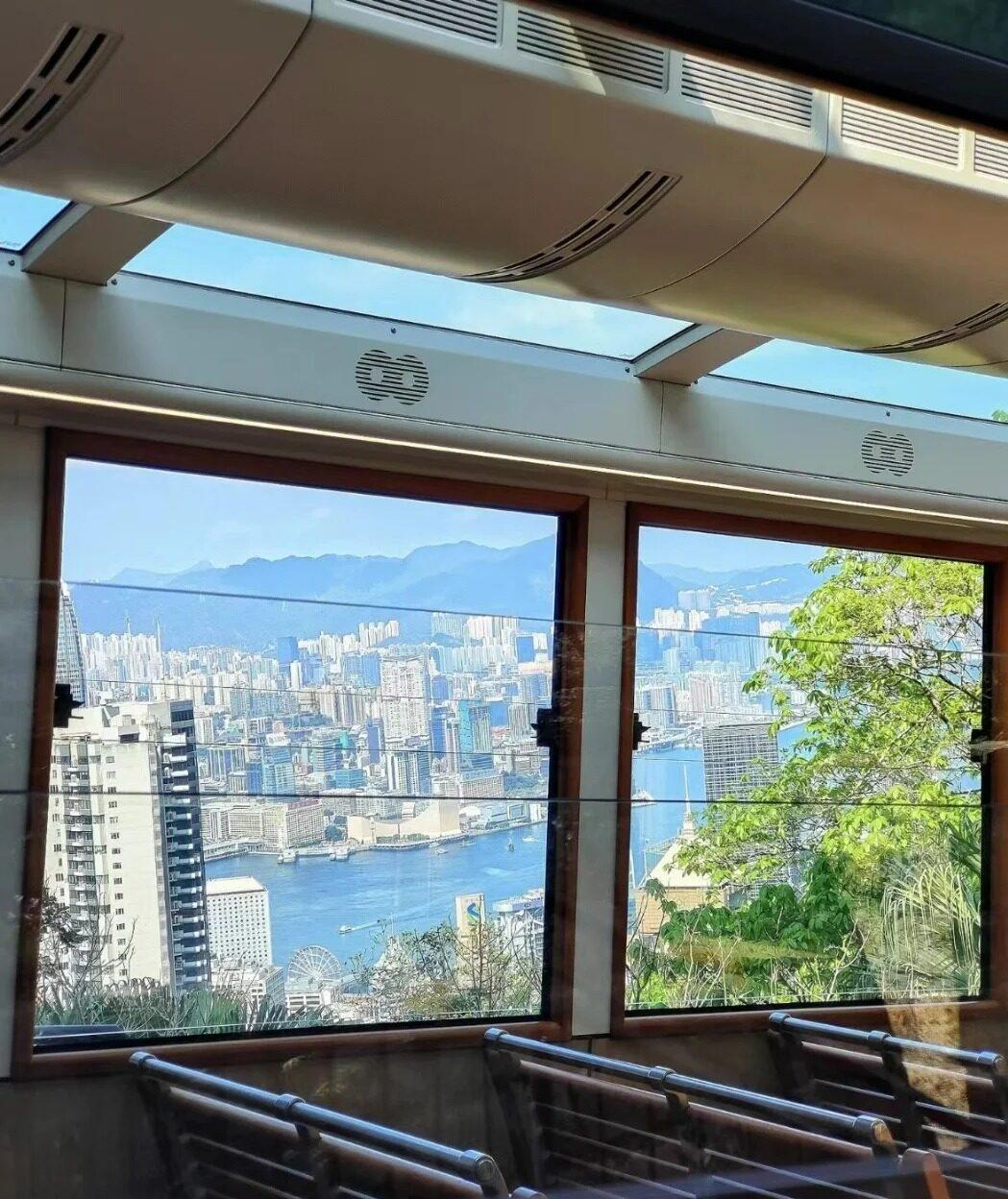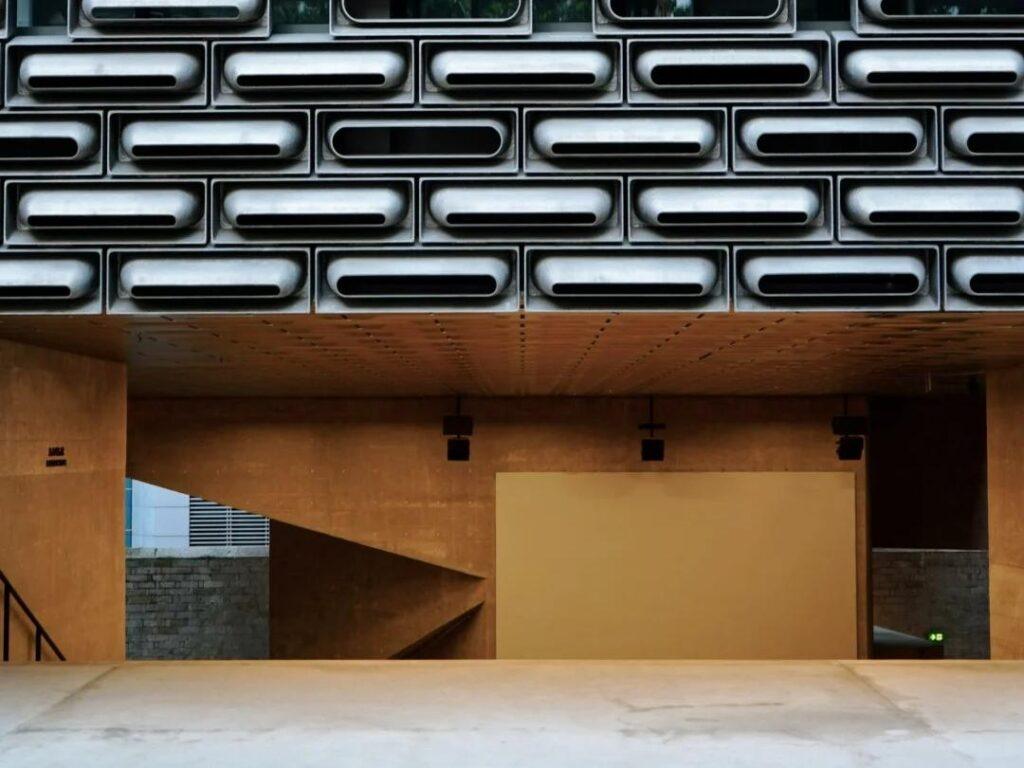Visiting Information
| Information | Details |
|---|---|
| Chinese Name | 山顶缆车 (Shāndǐng Lǎnchē) |
| Location and Address | 33 Garden Road, Central, Hong Kong |
| Opening Time/Hours | 7:00 AM – 12:00 AM (midnight) daily |
| Entrance Fee | Adult (Return): HK$148 Child 3-11 years (Return): HK$72 Senior 65+ years (Return): HK$77 |
| How to Get There | By Metro: Take MTR to Central Station, Exit J2, then walk or take bus 15C By Bus: Take bus 15C from Central (Exchange Square) By Taxi: Available from anywhere in Hong Kong |
| Best Time for Visit | Early morning or late afternoon to avoid crowds; sunset for scenic views |
| Contact Info | Tel: +852 2522 0922 Email: [email protected] |
Overview
The Peak Tram is one of Hong Kong’s most iconic attractions, offering visitors a unique and scenic journey to Victoria Peak. This funicular railway has been in operation since 1888, making it one of the world’s oldest and most famous funicular railways. The tram provides breathtaking views of Hong Kong’s skyline and Victoria Harbour as it ascends 396 meters (1,300 feet) above sea level to the Peak.
Historical Background
The Peak Tram was first proposed in 1881 by Alexander Findlay Smith, a Scottish entrepreneur. Construction began in 1885, and the tram officially opened to the public on May 30, 1888. Initially used primarily by the wealthy British colonials living on the Peak, it has since become a major tourist attraction. The tram has undergone several upgrades and renovations throughout its history, with the most recent major overhaul completed in 2021, introducing new, more spacious tramcars and enhanced facilities.

Architectural Features
- Tramcars: The Peak Tram features modern, Swiss-made tramcars that can accommodate up to 210 passengers each. These sleek vehicles are designed with large windows to maximize the panoramic views during the ascent and descent.
- Track System: The funicular railway operates on a 1.4-kilometer (0.87-mile) track with a maximum gradient of 25.7 degrees. The unique track design allows the tram to navigate the steep terrain safely and efficiently.
- Lower Terminus: Located in Central, the lower terminus features a modern ticketing area, queue management system, and historical gallery showcasing the tram’s rich history.
- Upper Terminus: The upper terminus at Victoria Peak includes viewing platforms, restaurants, and shops, providing visitors with panoramic views of Hong Kong and various amenities.
- Passing Loop: Midway along the track, there is a passing loop where the ascending and descending trams can safely pass each other, an essential feature of the single-track system.
Cultural Importance
The Peak Tram holds significant cultural importance in Hong Kong as a symbol of the city’s history, technological progress, and unique geography. It represents the blend of Eastern and Western influences that characterize Hong Kong’s culture. The tram’s journey showcases the city’s transformation from a colonial outpost to a global financial hub, offering visitors and locals alike a tangible connection to Hong Kong’s past and present. Its enduring popularity and iconic status have made it an integral part of Hong Kong’s cultural identity and tourism landscape.
Surrounding Attractions
- Victoria Peak: At the top of the tram ride, Victoria Peak offers spectacular 360-degree views of Hong Kong, Kowloon, and the surrounding islands. The Peak Tower and Peak Galleria provide dining, shopping, and entertainment options, as well as observation decks for unobstructed views.
- Hong Kong Park: Located near the Lower Terminus, this urban oasis features beautiful gardens, a tea house, an aviary, and a conservatory. It’s an excellent spot for a leisurely stroll or to experience a moment of tranquility amidst the bustling city.
- Madame Tussauds Hong Kong: Situated in the Peak Tower, this famous wax museum features lifelike figures of local and international celebrities, offering visitors a unique photo opportunity and entertainment experience.
- Lugard Road Lookout: A short walk from the Upper Terminus, this scenic viewpoint provides panoramic views of Victoria Harbour and the Kowloon Peninsula. It’s particularly popular for watching the sunset and the city’s transformation from day to night.

Photography Opportunities
- Tram Journey: During the ascent and descent, photographers can capture stunning views of Hong Kong’s skyline and the surrounding lush greenery. The changing angles and elevations offer unique perspectives of the city’s landscape.
- Victoria Peak Observation Decks: The Sky Terrace 428 at the Peak Tower and the Lion’s Pavilion provide unobstructed 360-degree views of Hong Kong, perfect for panoramic shots of the cityscape and Victoria Harbour.
- Night Views: As evening falls, the city transforms into a dazzling display of lights. Photographers can capture the famous Hong Kong night skyline, with its illuminated skyscrapers reflected in the harbor waters.
- Nature and Urban Contrast: The Peak area offers unique opportunities to capture the contrast between Hong Kong’s dense urban development and the lush green hills surrounding it, showcasing the city’s diverse landscape.
- Historical Elements: The Peak Tram itself, with its distinctive red carriages, as well as the historical exhibits at the terminus, provide interesting subjects for photography enthusiasts interested in capturing Hong Kong’s heritage.
Modern Importance
- Tourism Icon: The Peak Tram remains one of Hong Kong’s most popular attractions, drawing millions of visitors annually. It plays a crucial role in the city’s tourism industry, contributing significantly to the local economy.
- Urban Transportation: While primarily a tourist attraction, the Peak Tram also serves as a practical transportation option for residents living on the Peak, offering a quick and scenic alternative to road transport.
- Environmental Benefit: By providing an efficient public transport option to Victoria Peak, the tram helps reduce road traffic and associated emissions, contributing to Hong Kong’s efforts towards sustainable urban mobility.
- Cultural Preservation: The continued operation and regular upgrades of the Peak Tram demonstrate Hong Kong’s commitment to preserving its historical landmarks while adapting them to modern needs and safety standards.
- Educational Value: The Peak Tram and its associated facilities offer educational opportunities for visitors to learn about Hong Kong’s history, geography, and technological development, serving as a living museum of the city’s progress.

FAQ
- What is the Peak Tram famous for?
The Peak Tram is famous for being one of the world’s oldest and steepest funicular railways, offering breathtaking views of Hong Kong’s skyline during its ascent to Victoria Peak. - What’s inside the Peak Tram?
The Peak Tram itself is a funicular railway car. At the termini, you’ll find ticketing areas, historical exhibits, and at the upper terminus, there are viewing platforms, restaurants, and shops. - Is the Peak Tram free?
No, the Peak Tram is not free. There is an entrance fee, with different rates for adults, children, and seniors. - Is the Peak Tram worth visiting?
Yes, the Peak Tram is considered worth visiting for its unique experience, historical significance, and the spectacular views it offers of Hong Kong. - What to do in the Peak Tram?
During the Peak Tram ride, you can enjoy the scenic journey and views. At the top, you can visit observation decks, dine at restaurants, shop, and explore the surrounding area of Victoria Peak. - How do I get to the Peak Tram in the local city?
In Hong Kong, you can reach the Peak Tram Lower Terminus by taking the MTR to Central Station (Exit J2) and then walking or taking bus 15C. You can also take a taxi from anywhere in the city. - How to visit the Peak Tram?
To visit the Peak Tram, go to the Lower Terminus, purchase a ticket (or use a pre-booked one), queue for the tram, enjoy the ride up to Victoria Peak, explore the top area, and then take the tram back down. It’s best to avoid peak hours for shorter queues.






